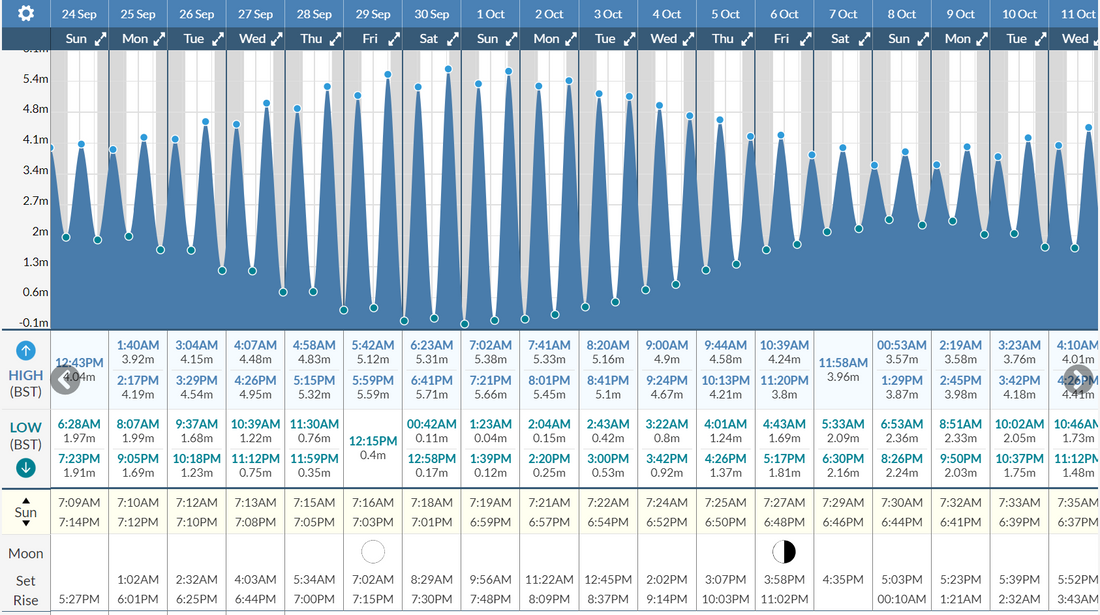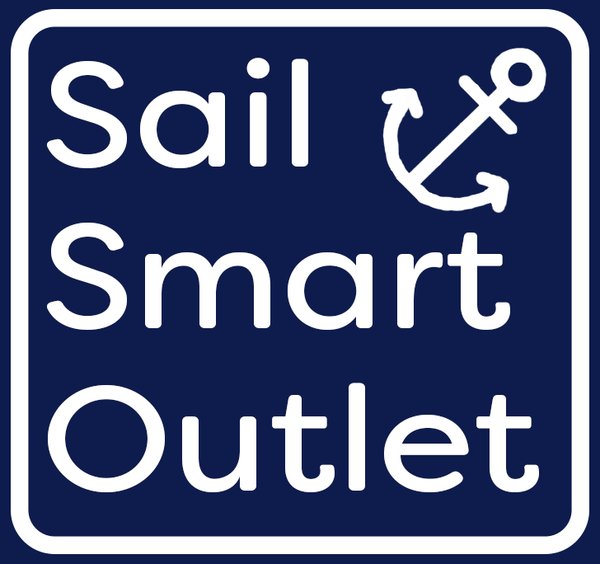Navigating the Tides: A Sailor's Guide

Introduction
For sailors, understanding tides is not just an interesting tidbit of knowledge; it's a crucial aspect of safe and efficient navigation. Tides influence the depth of water, the speed and direction of currents, and the accessibility of harbours and anchorages. In this blog post, we'll dive deep into the world of tides, equipping sailors with the knowledge they need to master this fundamental aspect of seamanship.
The Basics of Tides
Tides are the rhythmic rise and fall of sea levels along coastlines, primarily caused by the gravitational pull of celestial bodies, namely the moon and the sun. To navigate tides effectively, here are some fundamental concepts:
1. Gravitational Attraction: The moon's gravitational force attracts water towards it, creating a bulge of high tide on the side of the Earth facing the moon.
2. Centrifugal Force: There's also a high tide bulge on the opposite side of the Earth, away from the moon, caused by the centrifugal force created as the Earth and moon orbit around their common centre of mass.
3. Low Tide at 90 Degrees: At a 90-degree angle from the moon, you'll find low tide because the gravitational forces are weakest there.
Tidal Patterns
Sailors encounter two high tides and two low tides approximately every 24 hours and 50 minutes. The two primary types of tides are:
1. Diurnal Tides: Areas experiencing diurnal tides have one high tide and one low tide each day.
2. Semi-Diurnal Tides: Most coastal regions encounter semi-diurnal tides, featuring two high tides and two low tides daily.
Factors Influencing Tides
Tides are not always predictable due to several influencing factors:
1. Solar Influence: The sun's gravitational pull also affects tides, leading to spring tides (higher high tides and lower low tides) and neap tides (lower high tides and higher low tides) when combined with lunar influence.
2. Coastal Geography: Coastal shape, depth, and underwater features can amplify or dampen tidal effects, creating variations.
3. Coriolis Effect: The Earth's rotation influences the direction of tidal currents, which is particularly important for sailors navigating in open waters.
Reading Tide Tables
Tide tables provide essential information to sailors, helping them plan their journeys and ensure safe navigation. Here's how to read tide tables:
1. Date and Location: Start by selecting the date and location for which you need tide predictions. Different locations may have varying tide patterns, so be sure to choose the correct one.
2. High and Low Tides: Look for the times of high and low tides. These times are typically provided in a 24-hour format (e.g., 0800 for 8:00 AM or 2030 for 8:30 PM).
3. Tide Heights: Tide tables also indicate the expected heights of high and low tides. These heights are often given in feet or meters above a reference point, usually Mean Lower Low Water (MLLW).
4. Additional Information: Some tide tables may include additional information, such as tidal currents and moon phases, which can be valuable for planning.
Spring and Neap Tides: Pay attention to the dates when spring tides (higher high tides and lower low tides) and neap tides (lower high tides and higher low tides) occur, as these can significantly impact tidal ranges.
Sources to Check Tide Tables:
- Tide Forecast: Tide Forecast offers tide predictions and tide charts for locations around the world.
-
NOAA Tide Predictions: The National Oceanic and Atmospheric Administration (NOAA) provides comprehensive tide predictions for U.S. coastal areas.
- WillyWeather: WillyWeather provides tide charts and tidal information for various coastal regions.
Understanding Tide Tables Tips:
-
Be aware of the tide range, especially if you have draft considerations for your vessel.
-
Check whether the times provided are in local time or in a specific time zone.
-
Use tide tables in conjunction with nautical charts for precise navigation.
By understanding the information presented in tide tables, sailors can plan their journeys with precision, ensuring they navigate safely through changing tides and tidal currents.
Conclusion
As a sailor, mastering the intricacies of tides is essential for safe and successful voyages. Tides impact navigation, currents, anchoring, and even the timing of your departures and arrivals. By understanding the science behind tides, using tide tables, and following these reading tips, you'll harness the power of this natural phenomenon to your advantage. So, whether you're preparing for a coastal cruise or a long offshore journey, the knowledge of tides and the ability to read tide tables will be your trusted companions on the high seas. Happy sailing!





